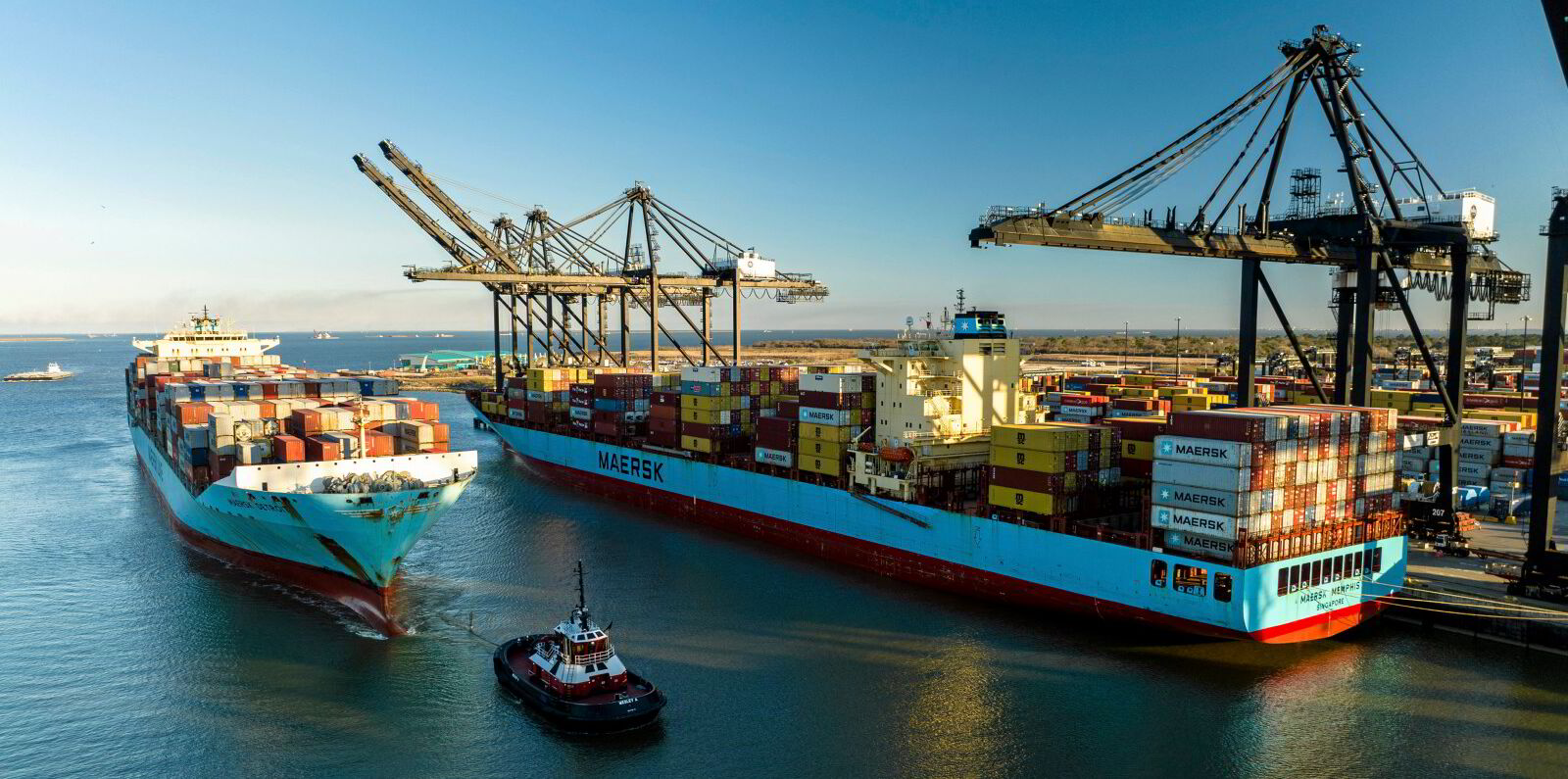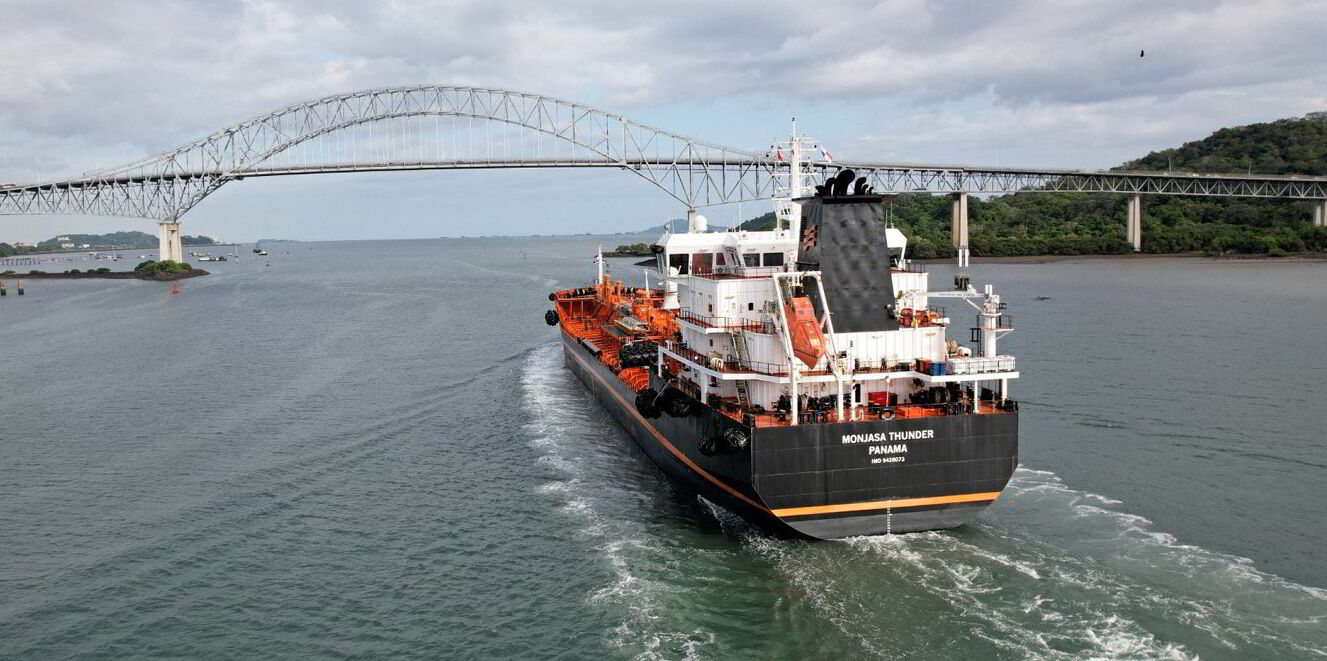US container ports are expected to have another month of double-digit throughput growth as importers work to bring in cargo before a planned strike hits terminals from Maine to Texas.
The Global Port Tracker by the National Retail Federation and Hackett Associates shows that America’s ports are expected to handle 2.31m teu in September — a 14% surge on the same month last year.
The data product also estimates that August volumes rose 20.9% to 2.37m teu.
Figures in July, the latest month for which data reported by container ports is available, reached 2.32m teu, a 21% year-on-year gain. It was the highest July figure on record.
A key committee of the International Longshoremen’s Association (ILA), which represents dockers on the East Coast and Gulf Coast, announced unanimous support for a strike on 1 October.
Jonathan Gold, National Retail Federation’s vice president for supply chain, said the ports need to work at full capacity in this critical time before the holiday season.
“Many retailers have brought cargo in early and shifted to alternate ports as a precaution, but it is vital that labour and management at the East Coast and Gulf Coast ports actually sit down at the negotiating table and bargain in good faith for a new contract so we can avoid a disruption of any kind when their contract expires,” he said.
“A strike would be another blow to the supply chain as it continues to face challenges, and to the nation’s economy at a time when inflation is finally coming down and the Fed [Federal Reserve] is poised to lower interest rates.”
The contract between the ILA and the US Maritime Alliance, an employer group that includes container liner and car carrier operators, is set to expire on 30 September.
As the two sides remain at an impasse, Hackett Associates founder Ben Hackett said import levels are already being affected by concerns about the potential strike.
“This has caused some cargo owners to bring forward shipments, bumping up June-through-September imports. In addition, some importers are weighing the decision to bring forward some goods, particularly from China, that could be impacted by rising tariffs following the election,” he said.
The Global Port Tracker estimates that October volumes should come in at 2.08m teu, a gain of just 1.3% on the same month of 2023. Overall, the estimates bring 2024 throughput to 24.9m teu, up 12.3% on last year.
The data shows 2024 will have a seven-month stretch of import levels above 2m teu per month — reflecting strong demand for container shipping.
But the two sides of the contract negotiations have yet to come to the table.
On Thursday, 300 ILA members who serve as wage scale delegates ended meetings in New Jersey to voice unanimous support for union president Harold Daggett’s call for dockers to go on strike at container and vehicle ports across America’s Atlantic seaboard.
“Sisters and brothers, it will be monumental if we are without a new master contract to replace the current one that expires in three weeks and four days from today,” Daggett told the delegates, according to an account by the union.
“We must be prepared if we have to hit the streets at 12:01 am on Tuesday, October 1, 2024.”
On the same day, the US Maritime Alliance said it is committed to resuming negotiations before the current agreement expires.
“The ILA continues to strongly signal it has already made the decision to call a strike and we hope the ILA will reopen dialogue and share its current contract demands so we can work together on a new deal, as we have done successfully for nearly 50 years,” the alliance said.





